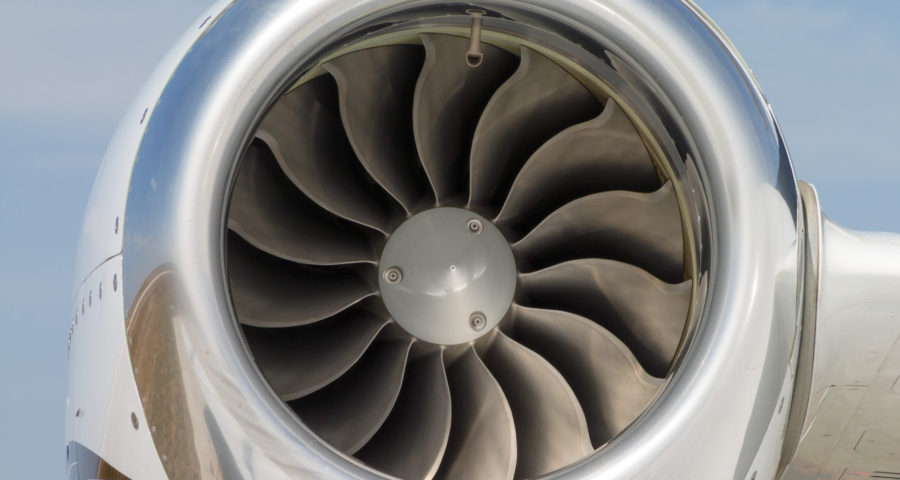(By John Voket – Associate Editor)
The business of crafting intricately machined metals smaller than a little baby’s fingernail – into what eventually becomes a massive jumbo jet is something Pratt and Whitney (P&W) has been doing for decades.
But today, the company is flying high when it comes to environmental stewardship – being named among 17 Top Companies That are Going Green in 2017 by conserve-energy-future.com for its tremendous downscaling of raw materials used manufacturing jet engine blades and other components.
In front of a global audience at the 2013 Paris Air Show, the company launched aggressive goals to improve factory, supply-line, and product sustainability by 2025 – increasing efficiencies, creating added value for customers and employees, and leading efforts to reduce aviation’s environmental impact.
P&W’s most recent accomplishment toward those goals involved eliminating 90% of titanium alloy ingots — chunks of durable alloy that are melted down and formed to manufacture aircraft
blades — resulting in an exponential contraction of factory emissions and near elimination of ingot waste.
Leading up to that “2025” announcement, P&W invested about $60 million supporting over 800 environmental projects globally. And its super-sized sustainability goals for 2025 – the company’s 100th anniversary – target further reducing waste, energy, water, and materials, while boosting employee safety & wellness, and holding suppliers accountable for THEIR environmental stewardship.
Between 2006 and 2013, P&W reported already reducing its total industrial process waste by 30%, or 14 million pounds. A garbage truck holds about 22,000 pounds – so picture a reduction of 650 filled garbage trucks.
The company is also pledging to further reduce greenhouse gases by 8%. But when it launched its “2025” program five years ago, P&W had already reduced greenhouse gases by 30% – that’s 232,000 metric tons of CO2, which is like taking over 45,000 cars off the road.
By 2013, P&W had also reduced chemical emissions by 60%, an equivalent to 100 hot air balloons filled with noxious gases – and water consumption by 39%.
That’s 368 million gallons – the equivalent of about 15 million ten-minute showers.
By 2025, P&W pledges to:
● Demand suppliers be 100% green certified while meeting aggressive resource conservation measures;
● Further reduce water consumption by 80%;
● Produce engines that are 100% recyclable by end of service;
● Be the most fuel efficient and quietest by integrating P&W’s Geared Turbofan™ technology, which reduces fuel burn emissions, noise, and maintenance costs.
In 2017, P&W maintains LEED-certified green facilities in Shanghai Turkey, Connecticut, Puerto Rico, Canada, Poland, and China. And the company’s East Hartford headquarters has captured Connecticut’s Department of Energy & Environmental Protection Green Circle Awards in 2009, 2010, and 2011.
To the North, Pratt & Whitney’s Canadian divisions are leaders in aerospace green evolution, incorporating new generation technologies and effecting better environmental stewardship by outperforming the most stringent of International Civil Aviation Organization (ICAO) standards.
And today, P&W Canada partners on hundreds of ‘green’ collaborations with Universities across the country.
For updates on P&W, and other United Technologies Corp.’s sustainability achievements, visit www.utcaero.com or follow @UTC on Twitter.
